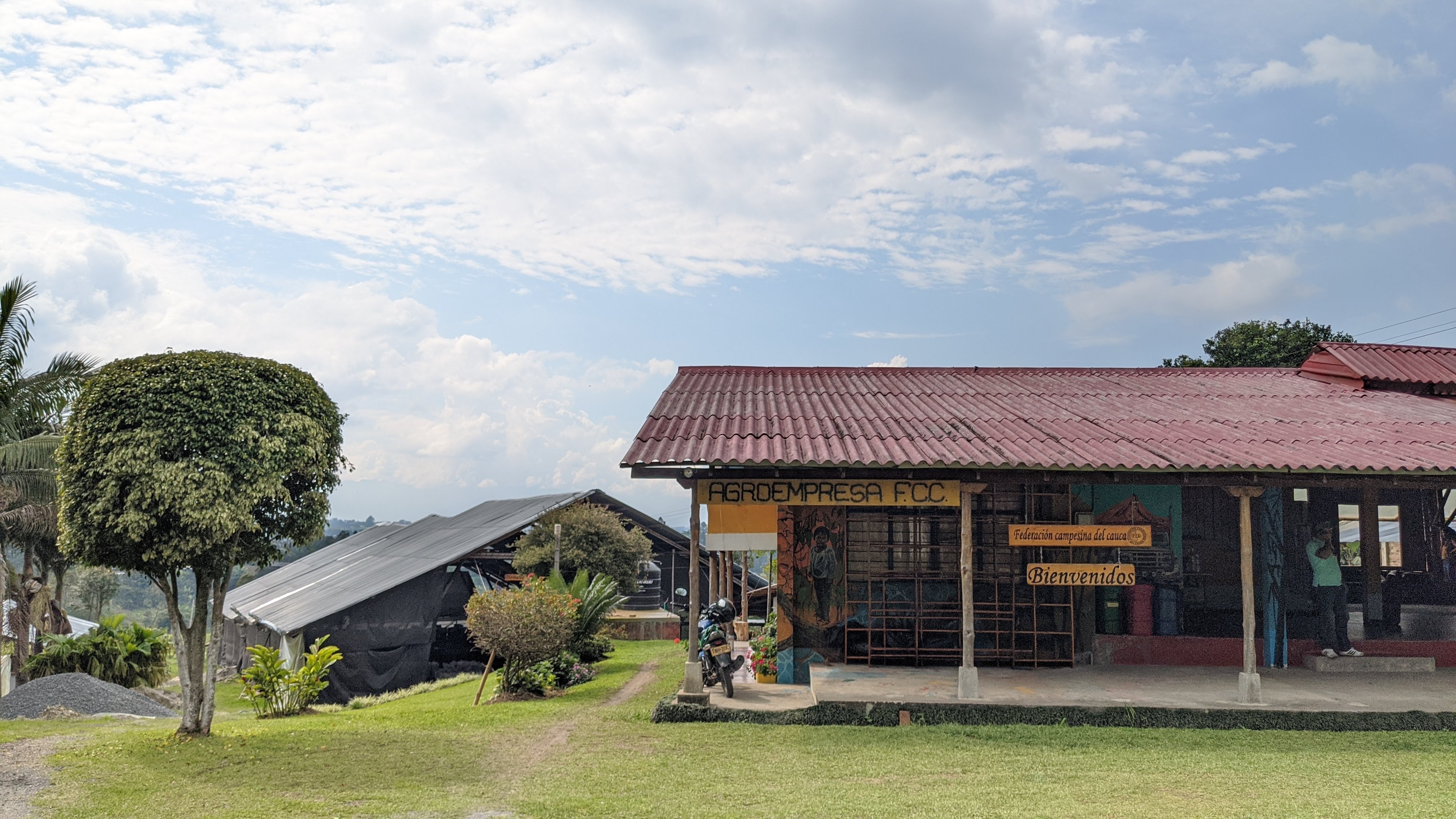 FCC's organic fertilizer plant providing farmers access to high-quality fertilizer while under quarantine.
FCC's organic fertilizer plant providing farmers access to high-quality fertilizer while under quarantine.
For the vast majority of coffee farmers, the process of farming and harvesting coffee has remained mostly unchanged for generations. True, mechanized picking continues to increase, new types of processing continue to emerge, and farming techniques continue to evolve, like using smartphones to analyze soil—but when it comes to the harvest, coffee farmers, for the most part, continue to depend on old-fashioned, manual labor.
This is especially true in Colombia—and many parts of Latin America—where the extremely mountainous landscape makes the use of mechanical pickers difficult or impossible. Despite depending on family-first, even the average smallholder coffee farm has to rely on hired labor to help hand-pick coffee cherries when they reach peak ripeness. Most of these workers are seasonal, migrant laborers who travel from farm to farm during the harvest season. These workers are often sleeping in tight quarters either as guests on the farm or in lodgings nearby.
.jpeg?width=735&name=Huila_Colombia%20(1).jpeg) Colombia's rugged, mountainous terrain makes mechanized forms of picking nearly impossible.
Colombia's rugged, mountainous terrain makes mechanized forms of picking nearly impossible.
The global health crisis has forced many governments to mandate social distancing, close off borders, and place restrictions on travel, raising the question among coffee farmers: “Who will harvest my coffee in the midst of a pandemic?” The coffee supply chain has never before seen a crisis of this magnitude, and while the semi-industrial portions of the supply chain, like dry mills and warehouses, can more readily adapt and function with staggered shifts and smaller teams, harvesting is an operation not designed for social distancing.
The resourceful cooperative leaders at the Federacion Campesina del Cauca (FCC), our producer partner in Cauca, Colombia, have, however, devised a promising solution. In addition to addressing the labor challenges regarding the harvest, FCC is also providing its farmers with strategies to help ensure food security, save costs, and come closer as families and communities during this difficult time.
__________________________
Harvesting as a Community
When it comes to harvesting coffee, there are generally two main priorities—coffee must be harvested with proper technique (for example, only picking cherries at their ripest point) and at the right times. Since coffee cherries don’t ripen all at once, selective harvesting occurs in multiple passes to allow cherries that weren’t ready during the first pass time to fully ripen and be harvested later in the season. Harvesting this way, versus strip picking, takes time, but makes for more uniform and higher quality coffee.
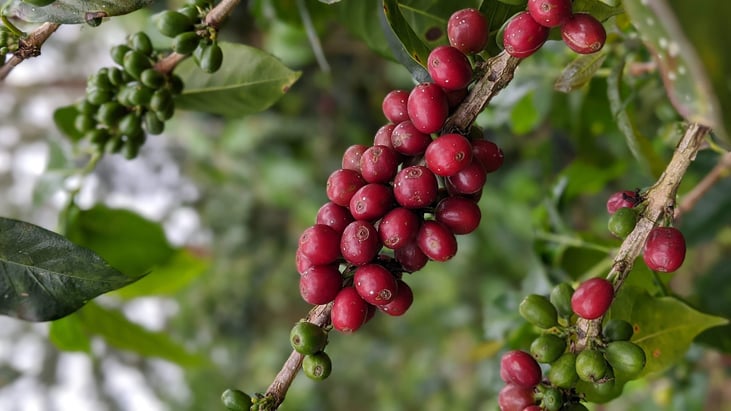 Cherries don't ripen at once and must be picked at precise times to ensure quality.
Cherries don't ripen at once and must be picked at precise times to ensure quality.
FCC’s strategy for harvesting without its temporary workforce of migrant pickers is simple yet brilliant: have nearby families form a “quarantine pod” and harvest each other’s coffee.
Neighboring farms are grouped into a“quarantine pods” of three. Every week, all three families travel to one of these farms and, together, spend that week harvesting that farm’s coffee. Next week, they switch farms and repeat the cycle until all of the coffee on each farm has been harvested; each farm gets a pass every 21 days. This harvesting rotation aligns precisely with the rate at which coffee cherries ripen, allowing for the cherries to be picked at optimal times.
"It’s an approach that relies on a strong sense of community and is driven by solidarity."
FCC’s model easily allows for social distancing since the families can simply go home at the end of each day—or even for lunch if their farms are close enough. There’s no need to house migrant workers overnight. These families are also experienced and skilled pickers, ensuring that their specialty-grade coffees will be harvested properly.
To top things off—there’s no money involved. It’s essentially another fair trade: I’ll harvest your coffee, and you’ll harvest mine. It’s an approach that relies on a strong sense of community and is driven by solidarity. By working together, these families are reducing each other’s labor costs, which is critical as other costs of production have increased this season.
FCC’s farm families have confidently embraced this method as the best alternative. If anything, it may prove to be more efficient and sustainable than traditional methods. It may also be the case that after restrictions are lifted and things begin to return to normal, that this pooling of community labor continues. FCC so far foresees no interruptions to their coffee flow.
Localizing Collection Centers
To further aid farmers during the harvest, FCC has also set up 22 coffee collection centers throughout the remote regions where FCC’s farmers are located. Previously, farmers needed to transport their coffee to FCC’s central collection center in Popayán. Having these micro-collection centers placed nearby drastically reduces the distance that producers need to travel to unload their coffee. These micro-collection centers will most likely remain in place once restrictions are lifted, further making the system that much more efficient moving forward.
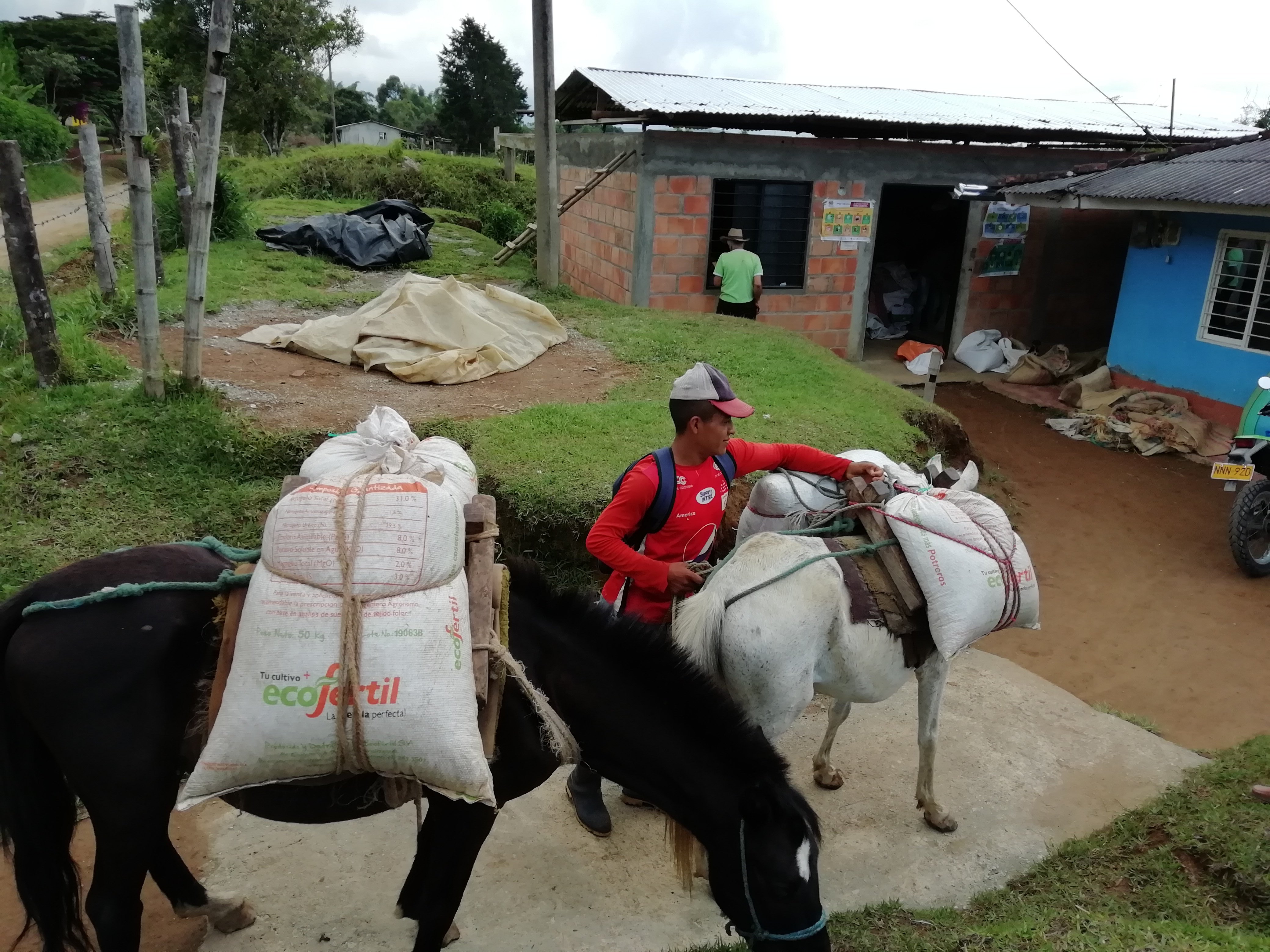 Collection centers have been convenient, safe and efficient for both FCC and its farmers.
Collection centers have been convenient, safe and efficient for both FCC and its farmers.
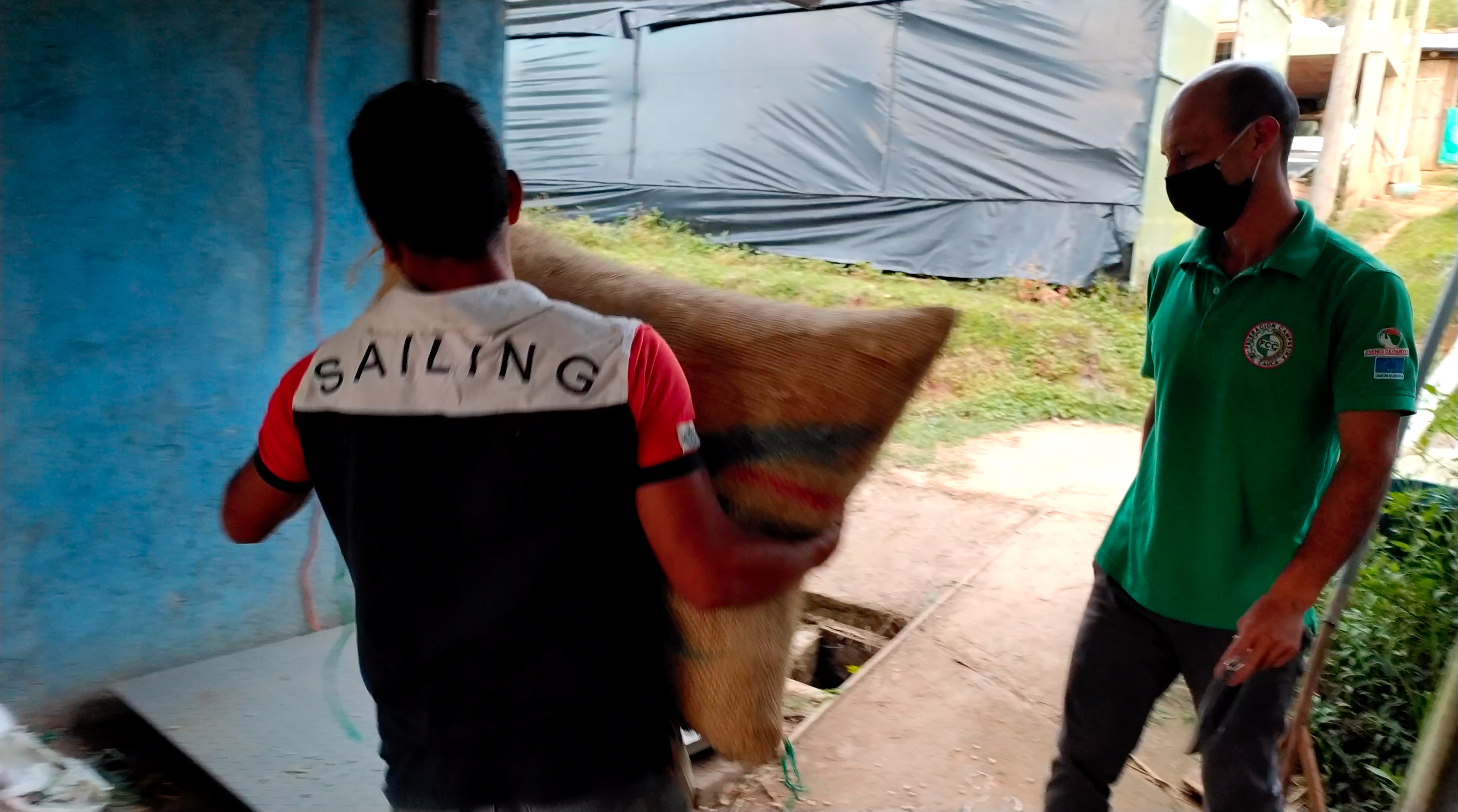
Having these centers available also eliminates opportunities for predatory middlemen—known among farmers as “coyotes”—to take advantage of farmers who may have been worried about or otherwise unable to take their coffee to market.
Diversifying Crops to Ensure Food Security
When we think of coffee farms, we don’t often picture farmers tending to plantain trees or shrubs of cassava. In reality, however, farmers can’t dedicate their land solely to farming coffee; it’s just too risky. Doing so exposes the farmer to the mercy of climate shocks, crop disease, pests, and market fluctuations, any or all of which could cripple their livelihood. In times of crisis, this “boom or bust” approach leaves farmers much less food secure—all it takes is one bad year to wipe out their income and farmers will find themselves struggling to put food on the table.
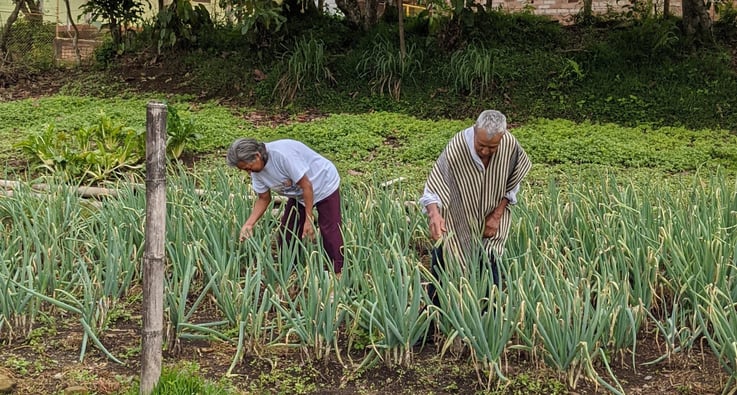 Diversifying a coffee farm's crops greatly improves food security.
Diversifying a coffee farm's crops greatly improves food security.
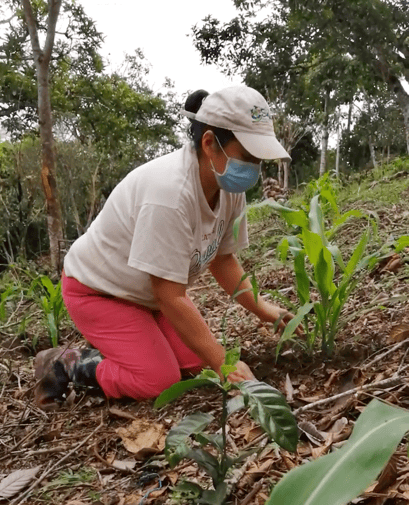 A farmer plants plantains among coffee trees.
A farmer plants plantains among coffee trees.
To mitigate this risk and improve food security, FCC has implemented policies whereby member farmers must diversify their farm and dedicate 20-30% of their land to food crops. Currently, FCC is helping farmers prioritize planting short-cycle crops in vegetable gardens that can be quickly harvested and stored away. By growing their own food, farmers both save money and avoid travel into crowded town centers where they risk exposure to infection.
Cooking Traditional Recipes With Homegrown Ingredients
FCC isn’t just teaching their farmers to plant a variety of different vegetables—they’re also providing resources on how to cook delicious, healthy, wholesome meals using the produce that they’re growing themselves. Much of these recipes are simple and are meant to show farmers how to prepare at home what would otherwise be store-bought staples. For example, instead of venturing into town to buy bread or instant stock cubes, both popular and cheap food items, FCC is showing farmers how to make tastier and more nutritious versions at home using the ingredients that farmers already have on hand.
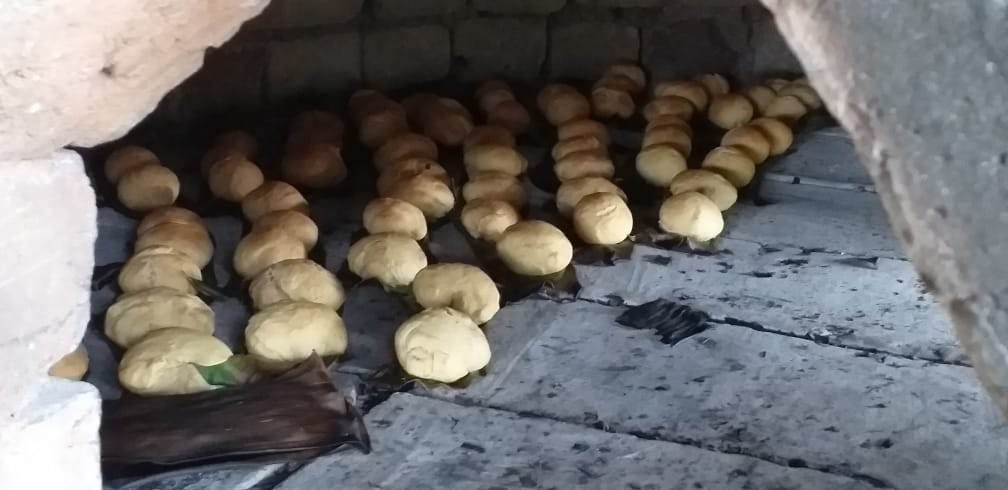 Making and baking bread the old-fashioned way in wood-fired, stone hearths.
Making and baking bread the old-fashioned way in wood-fired, stone hearths.
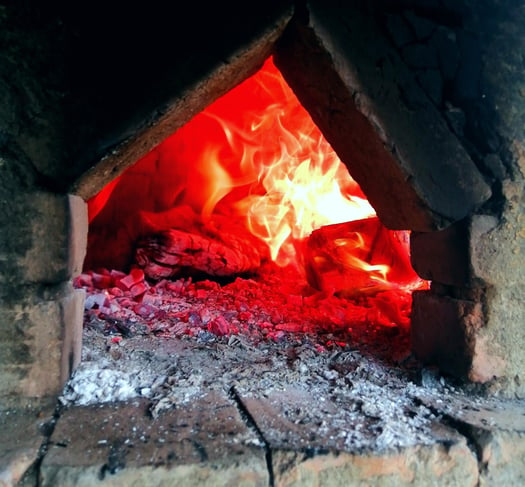
FCC is also promoting cooking at home as not only an activity to engage the entire family during lockdowns but is making cooking more accessible and appealing to younger generations who may not have had any interest otherwise. In doing so, they’re working to preserve and pass down the local, “campesino” culinary traditions of Cauca.
__________________________
The coffee industry may not have been prepared for a pandemic like COVID-19—and not many places in the world were. But it’s not the first time that the coffee world has been confronted with a crisis, and it’s the ingenuity and resourcefulness of people like those at FCC that continue to allow the coffee world to be resilient and overcome challenges. Their creativity, determination, and deep sense of commitment to the well-being of their communities gives us the hope and optimism we need to see this crisis through. We’ll be in close touch with FCC over the coming weeks as they finish up their harvest, and will report back with how things go, so stay tuned!
Reach out to trade@sustainableharvest.com to book incoming fresh-crop coffees from FCC!



.png)
